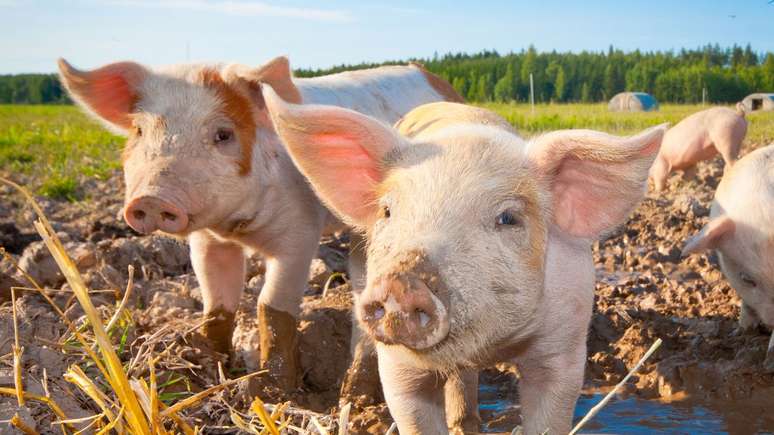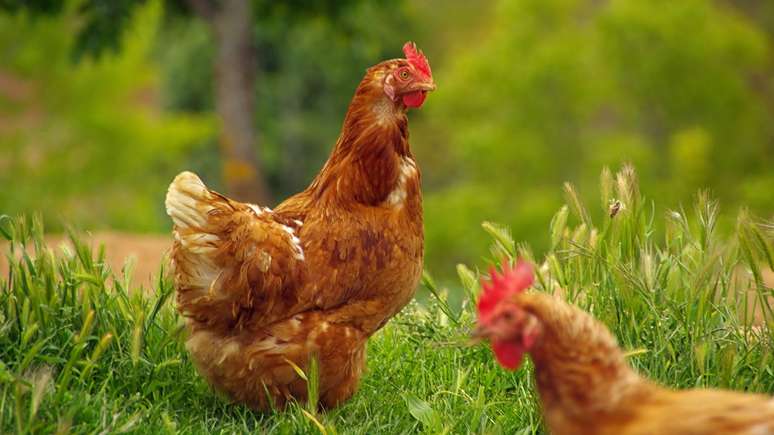Find out which animal is most productive for humans, its economic importance, benefits and surprising facts
Throughout history, several species have played an essential role in the development of civilization. The relationship between man and animals has always been linked to the search for sustenance, transport and raw materials. In 2025, the discussion about which animal stands out in terms of productivity remains relevant, considering factors such as food, clothing, rural labor, and new technological and environmental needs.
Animal productivity is directly related to the multiplicity of uses and benefits, which go beyond the mere production of food. By analyzing the social, economic and environmental impact of the main species created, it is clear that some are of great relevance to contemporary society. It is worth noting that innovations in the agricultural sector have also transformed farming methods and expanded the production capacity of some animals.
Why are cattle considered so productive?
Cattle are among the most productive animals in the world due to their wide utility. Their contribution to humanity is not just limited to meat, but also includes milk, leather, gelatin, and a host of other by-products. Furthermore, adaptation to different environments and management potential are factors that intensify its importance in the global context. Brazil stands out internationally as one of the largest exporters of beef, consolidating itself at the top of the agri-food ranking.
These animals have the distinction of serving billions of people, providing essential nutrients to thousands of families. Cowhide is widely used in the footwear and clothing industry, which further expands the scope of production. It is worth noting that, in some regions, oxen are still used as agricultural traction power, although this practice has been declining with the modernization of rural activities.
Which animal can be defined as “multifunctional” in agriculture?
Among the multifunctional animals in agriculture, chickens and other farm animals are worth highlighting. These beings offer eggs, meat and, to a lesser extent, feathers for various industrial uses. Brazilian poultry farming, for example, has high productivity rates and not only supplies the domestic market, but also strengthens exports, particularly chicken, which represents a cheaper alternative to beef.
The ease of reproduction, low maintenance costs and rapid production cycle also make birds one of the most valuable resources for small producers. In addition to chickens, goats and sheep stand out in many regions of the world, providing milk, meat, wool and even natural fertilizer, being crucial to the subsistence of rural communities and semi-arid regions.
What impact does animal productivity have on society?
The influence of animal productivity is present in various areas of daily life. From the family table to the production of clothing, sporting goods and medicines, farming generates an innumerable range of consumer goods. In developing countries, increasing animal productivity helps fight hunger and contributes to economic development, generating direct and indirect jobs.
- Production of essential foods such as meat, milk, eggs and honey
- Supply of industrial raw materials such as leather, wool and gelatin
- Support for production chains with natural fertilizers and for the workforce in rural areas
- Stimulate technological innovation in agriculture
In current markets, there is a growing movement towards enhancing sustainability in animal husbandry. The improvement of agricultural practices, accompanied by environmental adjustments, aims to ensure that high productivity does not compromise natural resources. This includes the adoption of integrated systems, animal welfare and traceability in production processes.
Which animals contribute complementary ways to human productivity?
In addition to cattle and birds, other animals also play complementary roles in human production routines. You pigsfor example, they are recognized for their efficiency in food conversion, being accessible sources of animal protein. Rabbits are also gaining ground as a sustainable alternative in family production systems, given their high reproduction rate and full utilization.

Insects, bees and even fish have gained greater importance in today’s society. Beekeeping, for example, generates honey and honey products, as well as contributing to the pollination of agricultural crops, which strengthens global food security. Fish farming is experiencing significant growth, given the increase in global demand for fish and seafood, considered healthy foods with high nutritional value.
Although the debate on which animal is the most productive for humanity is multifaceted, it is possible to say that cattle, chickens and pigs are among the most relevant, considering the multiple factors involved. The plurality of uses of these species and their integration in different economic sectors confirm their central role in human development.
Source: Terra
Ben Stock is a lifestyle journalist and author at Gossipify. He writes about topics such as health, wellness, travel, food and home decor. He provides practical advice and inspiration to improve well-being, keeps readers up to date with latest lifestyle news and trends, known for his engaging writing style, in-depth analysis and unique perspectives.








